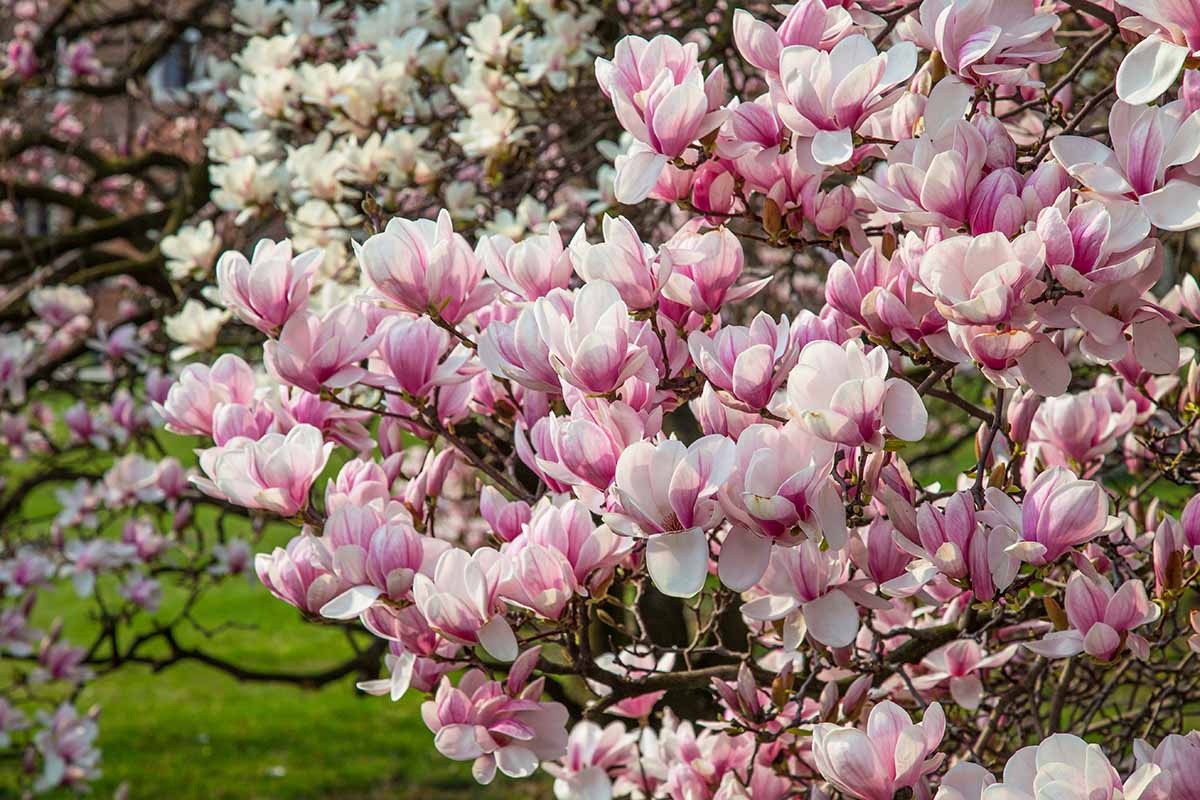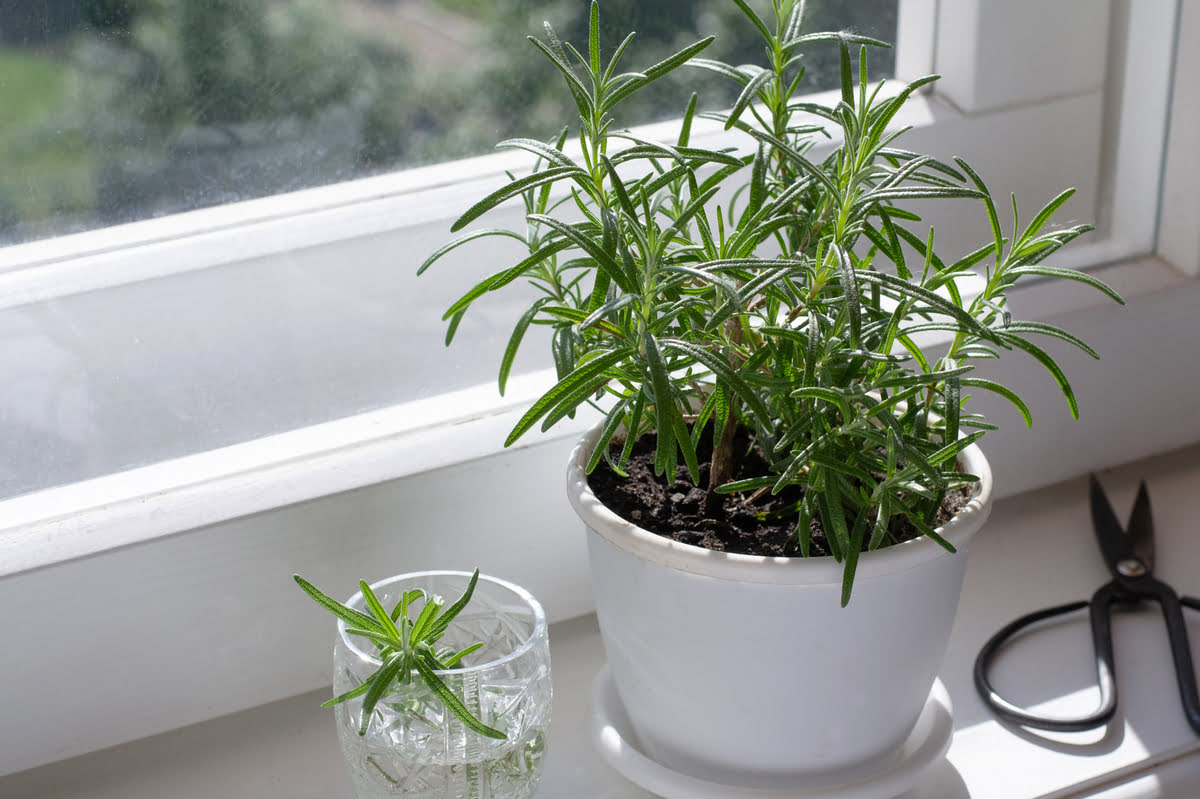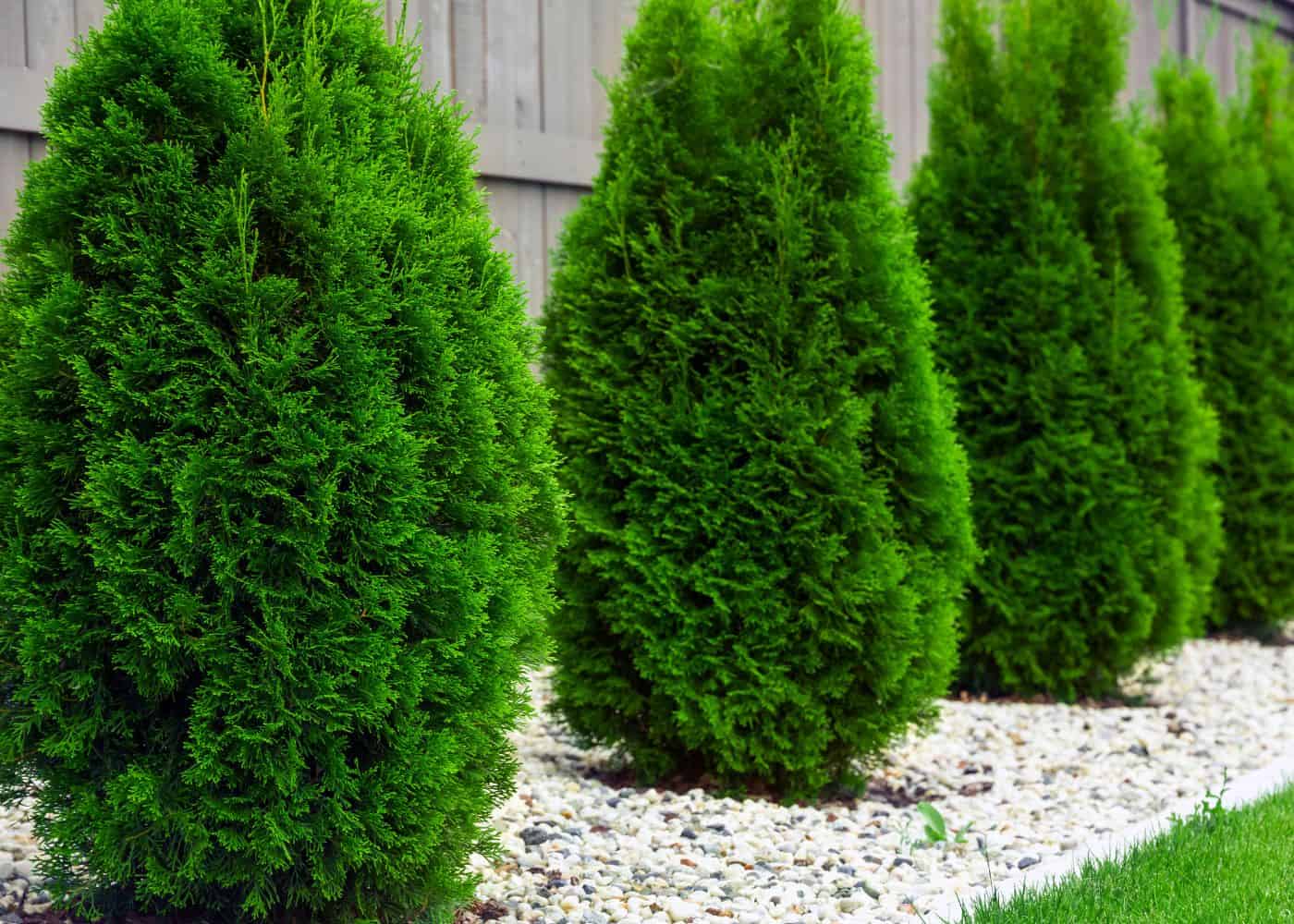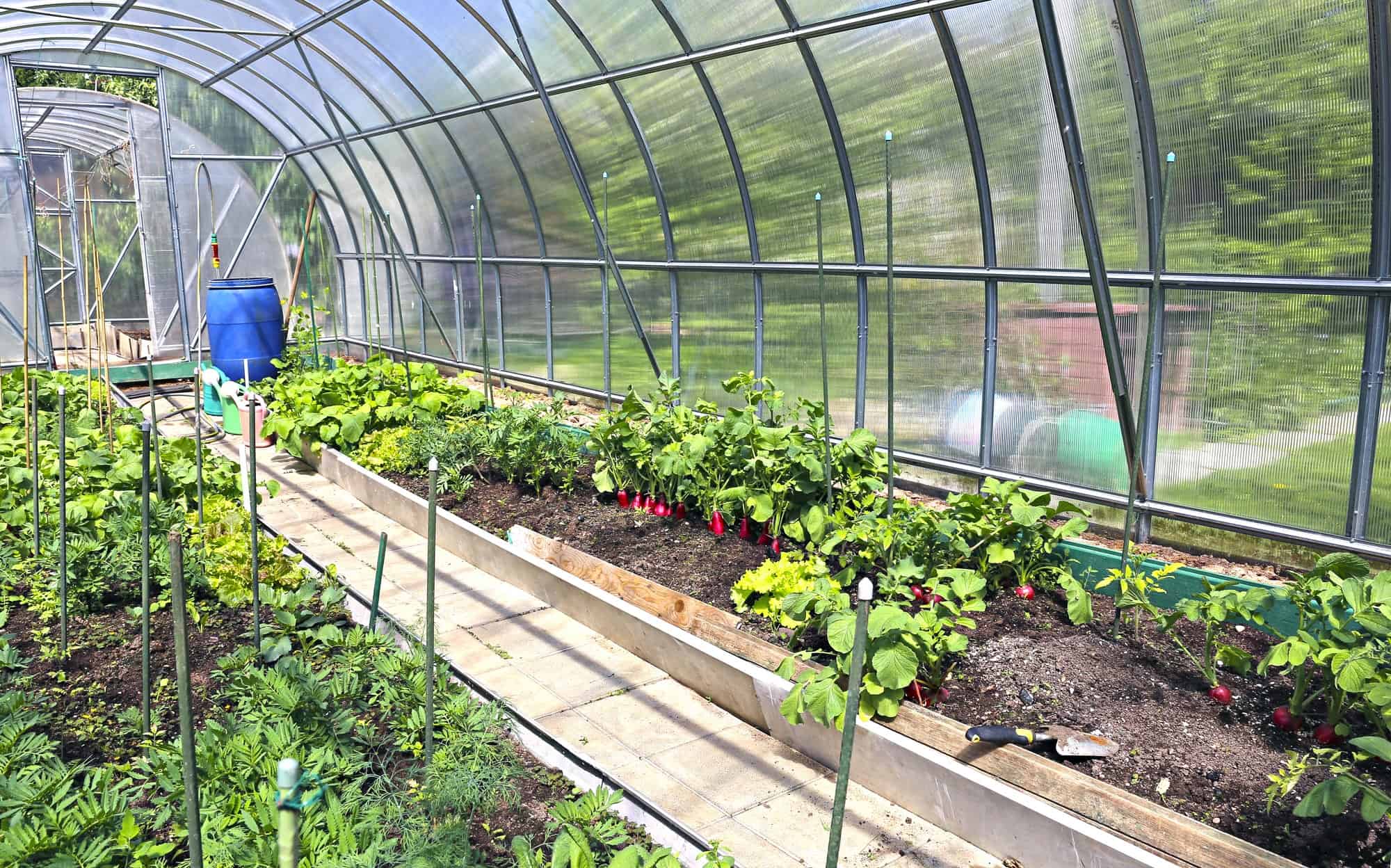Home>Types of Gardening>Ornamental Gardening>How Long Do Betta Bulbs Take To Grow


Ornamental Gardening
How Long Do Betta Bulbs Take To Grow
Published: January 25, 2024
Discover how long it takes for betta bulbs to grow in your ornamental gardening project. Enhance your garden with vibrant blooms and create a stunning display.
(Many of the links in this article redirect to a specific reviewed product. Your purchase of these products through affiliate links helps to generate commission for Chicagolandgardening.com, at no extra cost. Learn more)
Table of Contents
Introduction
Welcome to the world of ornamental gardening! If you’re looking to add a touch of beauty and elegance to your outdoor space, ornamental gardening is the perfect choice. One aspect of ornamental gardening that has gained popularity in recent years is growing plants from bulbs, including the stunning Betta bulbs.
Betta bulbs, also known as betta plant bulbs or betta bulb plants, are a popular choice for both beginner and experienced gardeners. These bulbs are specially cultivated to produce vibrant and colorful foliage, making them a striking addition to any garden or indoor space.
In this article, we will delve into the world of betta bulbs and explore how long it takes for them to grow. We will also discuss the factors that affect their growth rate and provide you with some tips for maximizing their growth potential.
Whether you’re a seasoned green thumb or just starting your gardening journey, this article will equip you with the knowledge you need to successfully grow betta bulbs and bring their beauty to life.
Understanding Betta Bulbs
Before we dive into the growth timeline of betta bulbs, it’s important to understand what they are and how they work. Betta bulbs are a type of dormant plant bulb that contains all the essential nutrients and energy required for the plant to grow.
These bulbs are typically sold as small, dry, and round structures, often resembling onion bulbs. Inside the betta bulb, there is a precise combination of nutrients, moisture, and stored energy that will support the plant’s growth when provided with the necessary conditions.
Betta bulbs are usually derived from plants that belong to the Aponogeton genus, which includes species like Aponogeton boivinianus, Aponogeton distachyos, and Aponogeton madagascariensis. These plants are known for their beautiful leaves, colorful blooms, and ability to thrive in various aquatic environments.
It’s important to note that while betta bulbs are often associated with aquatic plants, they can also be grown in terrariums or non-aquatic environments, as long as certain conditions are met to support their growth.
When placing a betta bulb into the soil or substrate, it will undergo a period of dormancy. This dormancy phase allows the bulb to conserve energy and prepare for growth. Once the bulb receives the right conditions, such as adequate moisture, light, and warmth, it will begin its growth cycle.
During the growth cycle, the betta bulb will develop roots, leaves, and eventually, beautiful flowers. The appearance and characteristics of the leaves and flowers may vary depending on the specific species or variety of the betta bulb.
Understanding the basics of betta bulbs will help you provide the optimal conditions for their growth and ensure a successful gardening experience.
Factors Affecting Growth Rate of Betta Bulbs
The growth rate of betta bulbs can vary depending on several factors. Understanding these factors will help you create an ideal environment for your betta bulbs to thrive and promote faster growth. Here are some key factors that can affect the growth rate of betta bulbs:
- Light: Adequate light is crucial for the growth of betta bulbs. Betta plants require moderate to high levels of light to photosynthesize and produce energy. Insufficient light can result in slow or stunted growth. Ensure that your betta bulbs receive at least 10-12 hours of light per day. Consider using artificial grow lights if natural sunlight is limited.
- Temperature: Betta bulbs prefer temperatures between 68-82°F (20-28°C). Extreme temperatures, either too hot or too cold, can negatively impact their growth. Maintain a stable temperature range within this optimal range to promote healthy growth.
- Water Quality: Betta bulbs thrive in clean, well-oxygenated water. If you are growing them in an aquatic environment, ensure that the water is free from pollutants, chloramines, or heavy metals that may harm the plants. Regular water changes and the use of a water conditioner can help maintain good water quality.
- Water Depth: The ideal water depth for betta bulbs can vary depending on the specific species or variety. Some betta bulbs prefer shallow water, while others may thrive in deeper water. Research the specific requirements of your betta bulb variety and adjust the water depth accordingly.
- Nutrition: Betta bulbs require proper nutrition to support their growth. If you are growing them in soil or substrate, ensure that it is rich in organic matter and well-drained. Consider using a slow-release fertilizer or supplementing with liquid fertilizers to provide essential nutrients. In aquatic environments, you may need to supplement the water with a suitable aquatic plant fertilizer.
- Patience: It’s important to remember that betta bulbs have their own growth pace. While some may sprout and grow quickly, others may take longer. Be patient and avoid the temptation to disturb or dig up the bulbs prematurely. Trust the natural growth process and provide the necessary care and conditions for optimal growth.
By considering and optimizing these factors, you can create an ideal environment for your betta bulbs, promoting healthy growth and vibrant foliage or blooms.
Average Time for Betta Bulbs to Grow
The time it takes for betta bulbs to grow can vary depending on various factors, including the specific species or variety of the bulb, environmental conditions, and overall plant health. However, on average, betta bulbs can take anywhere from a few weeks to a few months to grow and fully establish themselves.
During the initial stage, betta bulbs will undergo a period of dormancy where they won’t show any signs of growth. This dormancy phase allows the bulbs to conserve energy and prepare for the growth cycle. The duration of this dormancy period can last anywhere from a few days to a couple of weeks.
Once the dormancy phase ends and the optimal conditions are met, the betta bulbs will start showing signs of growth. Tiny shoots will emerge from the bulb, eventually developing into leaves. The growth rate of these shoots and leaves will depend on factors such as light, temperature, and nutrient availability.
Typically, it can take around 2-4 weeks for the first signs of growth to appear, such as small leaves or shoots. These early stages may show slow growth as the plant establishes its root system and acclimates to its environment.
As the betta bulbs continue to grow, they will develop more leaves and start producing their distinctive flowers. The time it takes for the bulbs to reach this stage can vary between 1-3 months or even longer, depending on the specific variety and environmental conditions.
It’s important to note that the growth rate of betta bulbs may differ in various environments, such as indoor versus outdoor settings. Indoor-grown betta bulbs might experience different growth rates due to variations in light, temperature, and overall environmental stability.
Remember that patience is key when it comes to growing betta bulbs. Don’t be discouraged if you don’t see immediate growth. Providing the right conditions, including proper light, temperature, and nutrition, will promote faster and healthier growth.
By understanding the average growth timeline of betta bulbs, you can better plan and monitor their progress, ensuring successful and rewarding growth.
Tips for Faster Growth of Betta Bulbs
If you’re looking to maximize the growth rate of your betta bulbs and enjoy vibrant foliage or blooms sooner, here are some helpful tips to consider:
- Provide Adequate Light: Betta bulbs thrive in moderate to high levels of light. Ensure that your bulbs receive at least 10-12 hours of light per day. Place them near a window where they can receive natural sunlight or use artificial grow lights to supplement the light requirements.
- Maintain Optimal Temperature: Betta bulbs prefer a temperature range of 68-82°F (20-28°C). Keep them in an environment where the temperature remains within this optimal range. Avoid exposing them to extreme temperatures or drafts, which can hinder their growth.
- Provide Proper Nutrition: Ensure that your betta bulbs receive adequate nutrients to support their growth. If growing in soil or substrate, use a well-balanced fertilizer rich in organic matter. For aquatic environments, supplement the water with a suitable aquatic plant fertilizer. Follow the recommended dosage and frequency based on the specific fertilizer you choose.
- Maintain Good Water Quality: If growing betta bulbs in an aquatic environment, ensure that the water quality is optimal. Regularly test the water parameters and maintain proper filtration and aeration. Remove any debris or decaying matter that may affect the water quality and the health of the bulbs.
- Avoid Overwatering: While betta bulbs require moisture, it’s important to avoid overwatering. Ensure that the soil or substrate is well-drained to prevent waterlogging. In aquatic environments, allow the water to circulate and provide proper oxygenation. Too much water can lead to root rot and hinder the growth of the bulbs.
- Be Patient: Remember that betta bulbs have their own growth pace. Avoid the temptation to disturb or dig up the bulbs prematurely in hopes of faster growth. Trust the natural growth process and provide the necessary care and conditions. It may take some time, but the wait will be worth it when you see their stunning growth and beauty.
By implementing these tips, you can create an optimal environment for your betta bulbs, promoting faster growth and ensuring their overall health and vitality.
Common Mistakes to Avoid
While growing betta bulbs can be a rewarding experience, it’s important to be aware of common mistakes that could hinder their growth. By avoiding these mistakes, you can ensure the health and success of your betta bulbs. Here are some common mistakes to watch out for:
- Overwatering: One of the most common mistakes is overwatering betta bulbs. Excessive moisture can lead to root rot and prevent the bulbs from establishing a healthy root system. Ensure that the soil or substrate is well-drained, and monitor the moisture levels regularly.
- Insufficient Light: Betta bulbs require moderate to high levels of light to thrive. Lack of proper lighting can result in weak and leggy growth or no growth at all. Make sure to provide adequate light by placing the bulbs in a well-lit area or using artificial grow lights as needed.
- Poor Nutrition: Neglecting to provide proper nutrition can impede the growth of betta bulbs. Whether growing in soil or in an aquatic environment, ensure that the bulbs receive essential nutrients. Use a well-balanced fertilizer or supplement with a suitable aquatic plant fertilizer based on the specific needs of your betta bulbs.
- Extreme Temperatures: Betta bulbs prefer a stable temperature range of 68-82°F (20-28°C). Exposing them to extreme temperatures, such as drafts or direct sunlight, can cause stress and hinder their growth. Choose an appropriate location that maintains a consistent temperature for optimal growth.
- Improper Water Quality: If growing betta bulbs in an aquatic environment, it’s crucial to maintain good water quality. Poor water quality, such as high levels of pollutants or chemicals, can harm the bulbs and prevent healthy growth. Regularly test the water parameters and take necessary steps to ensure clean and well-oxygenated water.
- Impatience: Rushing the growth process is another common mistake. Avoid the temptation to disturb or dig up the bulbs prematurely. Betta bulbs have their own growth timelines and may take some time to establish. Practice patience and trust the natural growth process.
By avoiding these common mistakes, you can create a favorable environment for your betta bulbs to thrive and ensure their successful growth and development.
Conclusion
Growing betta bulbs can be a delightful and rewarding experience for ornamental gardeners. These dormant bulbs have the potential to transform into vibrant plants with stunning foliage or blooms, adding beauty to any garden or indoor space.
Understanding the basics of betta bulbs, including their growth process, factors influencing their growth rate, and common mistakes to avoid, is crucial for successful cultivation. By providing adequate light, maintaining optimal temperature and water quality, and providing proper nutrition, you can promote faster and healthier growth of your betta bulbs.
Remember to be patient as betta bulbs have their own growth pace. Avoid the temptation to rush the process and trust in the natural growth cycle of the bulbs. With proper care and patience, you can enjoy the beauty of fully grown betta plants.
Whether you choose to grow them in soil or in an aquatic environment, betta bulbs are a delightful addition to any ornamental garden. Their resilience and adaptability make them an accessible option for both beginner and experienced gardeners alike.
So, gather your gardening tools, select your favorite betta bulb varieties, and embark on a journey to cultivate these charming plants. With the right conditions, patience, and care, your betta bulbs will flourish and reward you with their striking growth.
Happy gardening!







